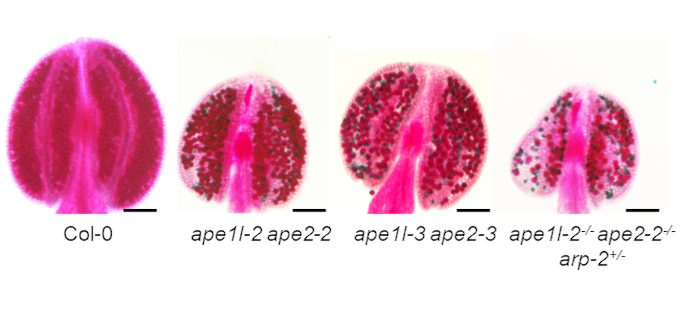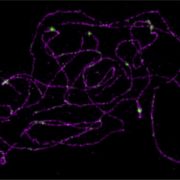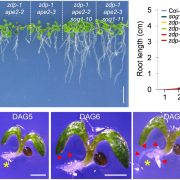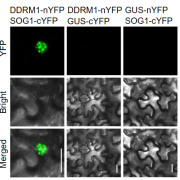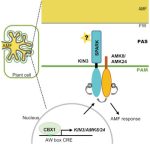Apurinic/apyrimidinic endonucleases Safeguard Meiosis
By Jinchao Li1 and Cong Wang2
1State Key Laboratory of Protein and Plant Gene Research, School of Advanced Agricultural Sciences, Peking University, Beijing 100871, China
2College of Life Sciences, South China Agricultural University, Guangzhou; Guangdong Laboratory for Lingnan Modern Agriculture, Guangzhou 510642, China
Background: Many daily metabolites in cells, such as reactive oxygen species (ROS) and aldehydes, can modify DNA bases to trigger DNA base shedding spontaneously or through DNA glycosylase-mediated excision. The resulting apurinic/apyrimidinic (AP) site is one of the most common DNA lesions in different organisms and is mainly repaired by AP endonucleases (APEs). In addition to the canonical repair of AP sites, some APE members have been recently classified as efficient DNA 3′ block cleaning enzymes. Plant genomes have three APEs, namely ARP, APE2 and APE1L. However, the biological relevance and functional divergence of plant APEs still need to be determined.
Question: What are the differences and similarities between the functions of these three APEs? What is their biological relevance in plants?
Findings: Phylogenetic analysis of APE family proteins revealed that ARP and APE2 are homologous to human hsAPE1 and hsAPE2, respectively, while APE1L appears to be plant-specific. An ape1l ape2 double mutant, but not the single mutants or the ape1l arp or ape2 arp double mutations, showed developmental defects at the vegetative and reproductive stages. The triple knockout of all Arabidopsis APEs was embryonically lethal, suggesting the functional importance and redundancy of APEs. These mutants exhibited different sensitivity to various DNA damage reagents, indicating that ARP is the main AP site repair enzyme, while APE1L and APE2 prefer to repair 3′ residues at single-stranded DNA breaks. APE1L and APE2 are located on the chromosomes before and during male meiosis and are involved in DNA repair and genomic integrity in microsporocytes. The ape1l ape2 double mutant showed a greatly enhanced frequency of chromosome fragmentation during meiosis that ultimately triggered pollen abortion. Genetic analysis revealed that meiotic chromosome fragmentation in ape1l ape2 partially depends on the meiotic homologous recombination initiation enzyme SPO11-1.
Next steps: We will further explore the function of APEs in somatic and meiotic DNA repair, especially the roles of the plant-specific member APE1L.
Reference:
Jinchao Li, Cong Wang, Wenjie Liang, Jun Zhang, Chen-Kun Jiang, Yi Liu, Zhitong Ren, Dong Ci, Jinjie Chang, Shangling Han, Xing Wang Deng, Yingxiang Wang and Weiqiang Qian. (2023). Functional importance and divergence of plant apurinic/apyrimidinic endonucleases in somatic and meiotic DNA repair. https://doi.org/10.1093/plcell/koad056


